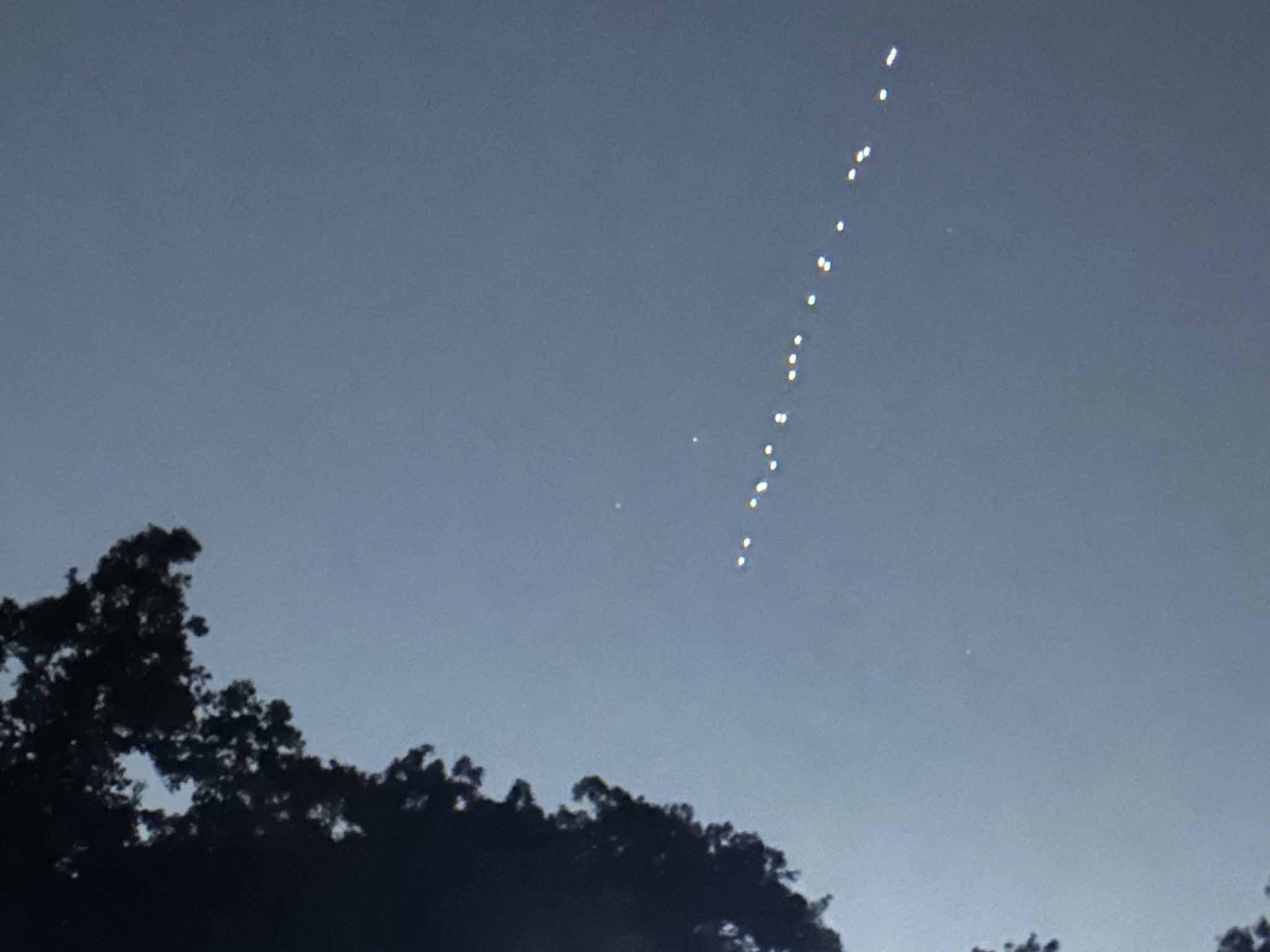Unraveling The Mystery Of SpaceX's Starlink Satellite Train
People around the globe have seen a line of white dots moving across the night sky. The dots are caused by SpaceX's Starlink and is known as a satellite train.Thursday, August 17th 2023, 4:06 pm
Did you see lights in the sky last night?
Those mystery dots are caused by SpaceX's Starlink, and it's known as a satellite train... not an alien invasion.
What is Starlink Satellite Train?
Starlink trains, made up of numerous satellites, first created a stir when they were seen in the sky shortly after launch and were mistaken for UFO sightings. The Starlink satellite train is a spectacular sight, with a string of bright dots. The satellite is released into space where, without any disruption, it will spin in orbit around Earth. As a Starlink satellite moves, it will unfold its solar panels and lay flat to resist gravity’s pull back to Earth. After that, it will point its panels directly up and its antennae directly down toward Earth to communicate data/internet for its customers. When they are moving at the same altitude and speed, these satellites spin around the globe clumped together, moving in unison.
For more information on how Starlink is developed, click here.
What is SpaceX?
Starlink is a satellite system developed by Elon Musk's company SpaceX in 2015 to provide high-speed internet to remote areas by launching solar-powered satellites into orbit in batches. SpaceX plans to build a total of 12,000 satellites with the potential to extend to 42,000. The company has sent around 4,500 satellites into orbit today that provide internet connections for 1.5 million customers in about 50 countries and territories. The first 60 satellites were launched in 2019. Private space companies, such as SpaceX, have launched an increasing number of satellites into orbit.
For more information about SpaceX and developed projects, click here.
How can I see Starlink satellites?
We can see Starlink satellites only when they reflect sunlight. However, they do not emit light on their own.
Mobile apps make it easy for users to locate satellites and Starlinks in particular. These apps are convenient and provide real-time information, and many of them can work without the Internet, allowing users to access them from anywhere.
For those who want to see where all of the Starlink satellites are located in real-time, the Starlink map shows the global coverage of each Starlink satellite as well as information on how many are currently operating. To find Starlink satellites in your area, use Find Starlink.
For more information on how to track Starlink satellites, click here.
Photo credit: Amanda Lowery
More Like This
August 17th, 2023
January 19th, 2025
July 12th, 2024
February 22nd, 2024
Top Headlines
March 30th, 2025









